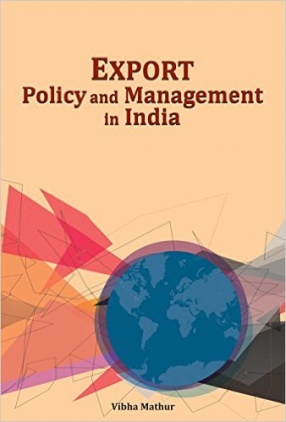
Vibha Mathur

Showing all 16 books

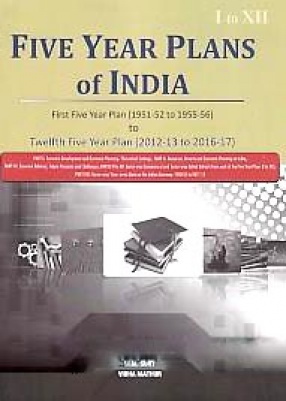
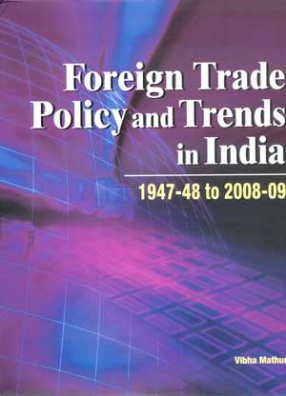
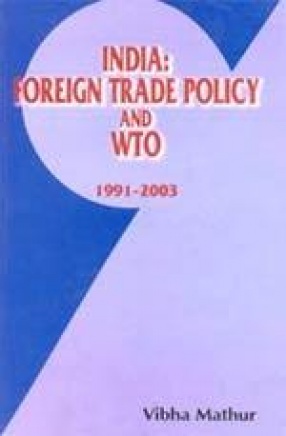

For about 40 years (1950-90), foreign trade of India suffered from strict bureaucratic and discretionary controls. Beginning 1991, the Government of India introduced a series of reforms to liberalise and globalise the Indian economy. Reforms in the external sector of India were intended to integrate the Indian economy with the world economy. The major trade policy changes in the post-1991 period have included simplification of procedures, removal of quantitative ...

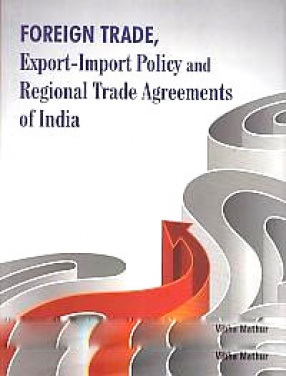

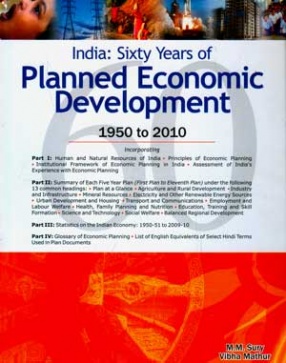
The resource base of a country consists of (a) human resources, (b) non-renewable resources which are an endowment of nature and whose total size gets depleted with time and (c) renewable resources which can be continuously created and whose base can be expanded through human efforts.Economic planning is concerned with the effective and optimal utilization of the potential resources of an economy. This is particularly so in the context of underdeveloped countries ...

Since early 1990s world economies have witnessed a paradigm shift towards market-oriented economic policies and a careful dismantling of obstacles in international trade. This has helped developing countries like India to gain access to world markets, modern technologies and collaborations. This has also given them a window to the developed world and helped them to understand role of foreign trade as an effective instrument of economic growth and employment ...
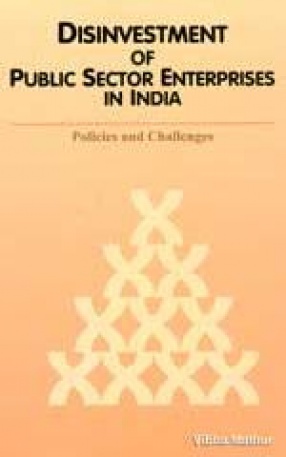
After Independence in 1947, the founding fathers envisaged a mixed economy for India, assigning an effective and dominant role for public sector enterprises of the country. During the 1950s and 1960s, India witnesses a massive expansion of public sector through new units and nationalization of existing units. Started with great fanfare, public enterprises were soon afflicted with various ills like over-staffing, labour indiscipline, under-utilisation of installed ...
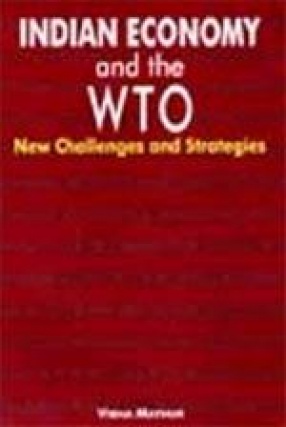
This book provides glimpses of the past, present and future of the Indian economy. It traces the evolution and explains the present structure of different sectors of the Indian economy. This work is important to understand the impact of new challenges thrown by the WTO regime. Although purportedly a democratic institution, the WTO is dominated by the industrialised countries of the world. Though developing countries make up three-fourth of WTO memership and by ...

Prior to mid-1991, foreign trade of India suffered from strict bureaucratic and discretionary controls. To reduce controls, simplify procedures and to create a congenial environment for trade, the Government made a Statement on Trade Policy in Parliament on August 13, 1991, ushering a new era in the foreign trade policy of India. Instead of controls and regulations, the focus shifted to promotion and development of foreign trade. In early 2002, the Government ...
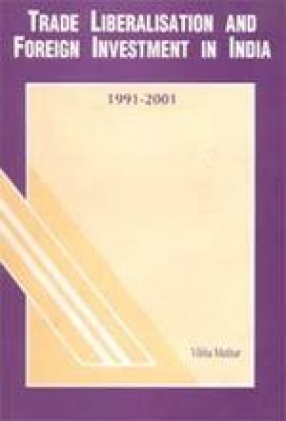
Prior to the launching of economic reforms in 1991, foreign trade of India suffered from strict bureaucratic controls and discretionary regulations. With a view to simplifying procedures and reducing controls, the Government made a Statement on trade Policy in Parliament on August 13, 1991, ushering a new era in the foreign trade policy of India. Instead of controls and regulations, the focus shifted to promotion and development of foreign trade. The present book ...
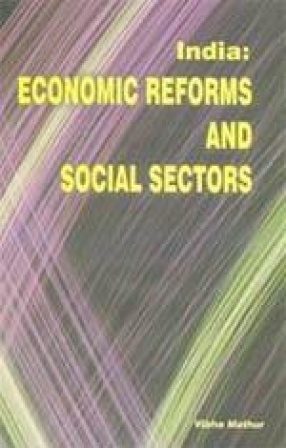
While the Indian economy has performed well in terms of growth rate of GDP in the recent past, its performance in the form of human development indicators has been unsatisfactory. Social sectors like health, family welfare, education, employment, women empowerment, and rural infrastructure have lagged behind in the race for better standard of living. Successive governments during the last two decades or so launched various programmes for the uplift of socially ...
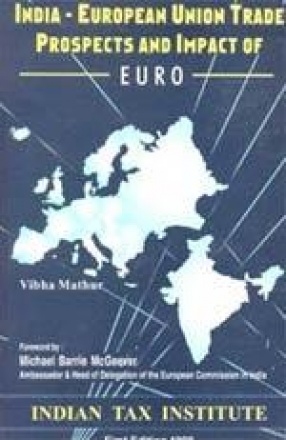
European Union (EU) is the concrete expression of the common desire of the sovereign nations of Europe to work and live together. As an advanced form of multi-sectoral integration, its competence extends to the economy, industry, politics, and citizens’ rights of the Member States. The EU is India’s largest trading partner, accounting for about one-third of both India’s exports and imports. However, India’s share in the EU’ imports and exports is less ...

After Independence in 1947, India followed, for about 30 years (1950-80), a development pattern which laid strong emphasis on centralized planning, government ownership of basic and key industries, excessive regulation and control of private enterprise, trade protectionism through tariff and non-tariff barriers and a cautious and selective approach towards foreign capital. It was a quota, permit and license regime all the way. This so-called inward-looking, ...
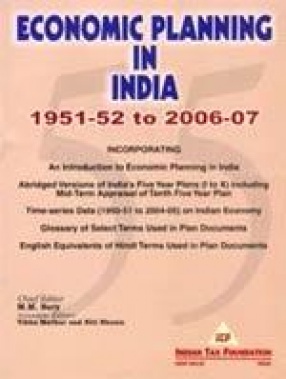
The process of planned economic development in India Began with the launching of First Five Year Plan in April 1951. The main objective of planning was identified as that of initiating a process of development which will raise living standards and open out to the people new opportunities for a richer and more varied life. The manner in which this objective has been translated into specific objectives has varied from Plan to Plan. However, in a broad sense, the ...
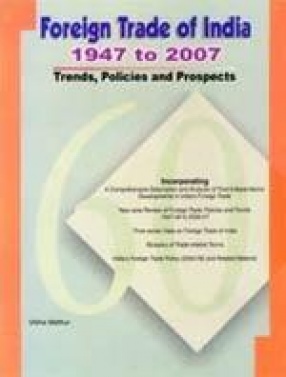
On the eve of Independence in 1947, foreign trade of India was typical of a colonial and agricultural economy. Trade relations were mainly confined to Britain and other Commonwealth countries. Exports consisted chiefly of raw materials and plantation crops while imports composed of light consumer goods and other manufactures. Over the last 60 years, India’s foreign trade has undergone a complete change in terms of composition and direction. The exports cover a ...
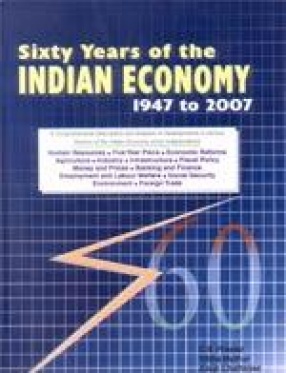
At the time of independence in 1947, India was a typically backward economy. Owing to poor technological and scientific capabilities, industrialisation was limited and lopsided. Agricultural sector exhibited features of feudal and semi-feudal institutions, resulting into low productivity. Means of transport and communications were underdeveloped, educational and health facilities inadequate, and social security measures virtually non-existent. In brief, poverty ...
